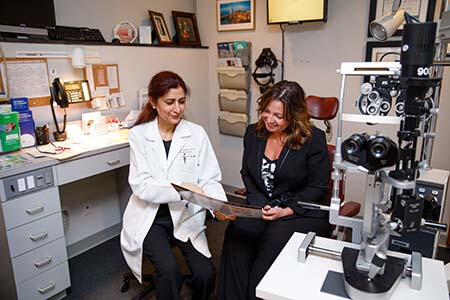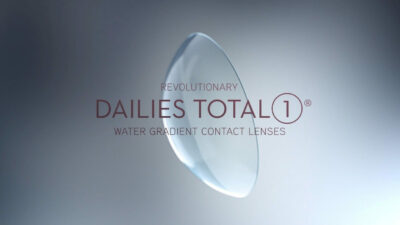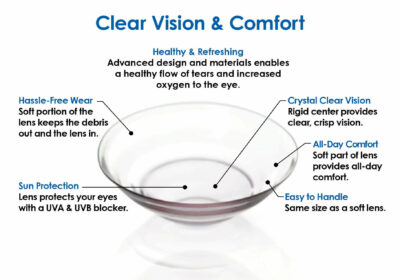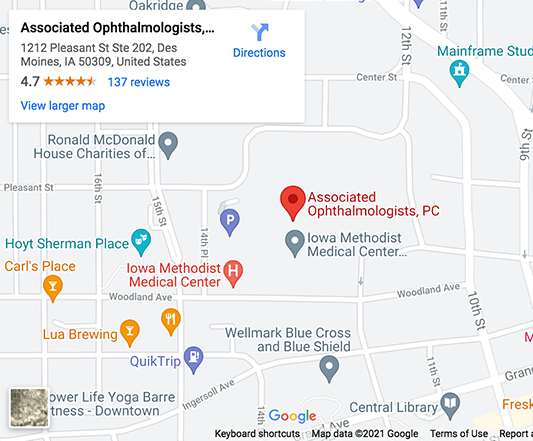
Are artificial tears not working anymore? We have many customized treatments available.
Customized Treatments for Fast Relief
At our dry eye center, we understand that the same treatments may not work well for all patients. That is why we have developed a customized treatment protocol, which allows us to tailor our treatment plan to each patient’s specific needs. We have sophisticated equipment for monitoring progress so that we know how effective each treatment is.
Don’t settle for the cookie-cutter treatment when you could be getting a customized treatment plan specifically designed for your tear chemistry!
Affordable Treatments
We understand that everyone has different levels of income and insurance coverage. Our doctors are very capable of developing customized treatment plans that fit within your budget. We will partner with you to get the best possible results, no matter what your financial situation is. We are dedicated to the highest quality of care for all our patients.
Dry Eye Treatments
iLux
The iLux™ treatment is an excellent way to get control over dry eye symptoms and ocular surface inflammation. The iLux™ System is a heat and pressure therapy for patients with blocked eyelid glands otherwise known as Meibomian gland dysfunction (MGD). MGD causes evaporative dry eye due to the blocked glands not allowing enough meibum (oils) on the ocular surface to protect the eye and provide stable vision. The iLux® device was shown to significantly reduce dry eye symptoms such as gritty eyes and irritation. In a clinical study, patients’ meibomian gland scores were three times better at two weeks post-treatment and four times better at four weeks, compared to baseline. The studies have also indicated that iLux® treatment is equivalent to other more expensive meibomian gland expression treatments, such as Lipiflow™.
Prokera (Amniotic Membranes)
Amniotic membranes can be helpful in getting corneal tissue to heal, and they are also beneficial in breaking inflammatory cycles on the front surface of the eye. Prokera is cryo-preserved (frozen) amniotic membrane, and we also have several other dried (re-hydrated prior to insertion) amniotic membranes available. These have also proven to be effective at smoothing out the corneal surface and preventing recurrence of corneal erosions.
Nutritional Supplements and Diet
As with many diseases, it is important to consider diet and appropriate supplementation to help stabilize out the tear film. This can also assist patients in producing higher quality tears of their own, which is the most ideal situation. Our doctors and staff are ready to make recommendations that apply specifically to your tear chemistry and health history.
Punctal Plugs
In cases of decreased tear production, punctal plugs can be a very helpful option to keep the tears on the eye longer. Most of the time, the plugs are made of a collagen material (like what is in your joints) and it is put in the lower puncta, which is a hole that drains about 60% of the tears off of the eye. By blocking this drainage, the tears stay on the eye longer, and the eye does not feel as dry. Many of the other facets of the ocular surface disease need to be under control prior to doing plugs, such any of the inflammatory processes.
Types of Contact Lenses that Work Best for Ocular Surface Disease Patients

Daily Disposable Contact Lenses
Provide the ultimate in convenience. They are single-use lenses disposed of at the end of each day, requiring no cleaning or care. These lenses are especially beneficial for patients with ocular allergies or dry eye syndrome, and can also can be a great option for patients that wear contacts on a part-time basis. Also, individuals that participate in outdoor sports tend to enjoy the convenience of daily lenses.
Eye Drops
A number of medications can be helpful in managing different aspects of ocular surface disease. Restasis, Xiidra, and Cequa are the main drops available for the treatment of dry eye syndrome. These drops and ophthalmic emulsions help your eyes produce and maintain their own natural tears. These medications work by helping to tackle inflammation and improve signs of dry eye.

Hybrid Contact Lenses
Another great advancement in the contact lens field has been hybrid lenses. They have an RGP (hard) center, but a soft skirt to the lens. The result is a lens that feels like a soft lens but has the optics of a hard lens. These are a very good option for patients with high astigmatism, patients needing bifocals, and keratoconus patients.





